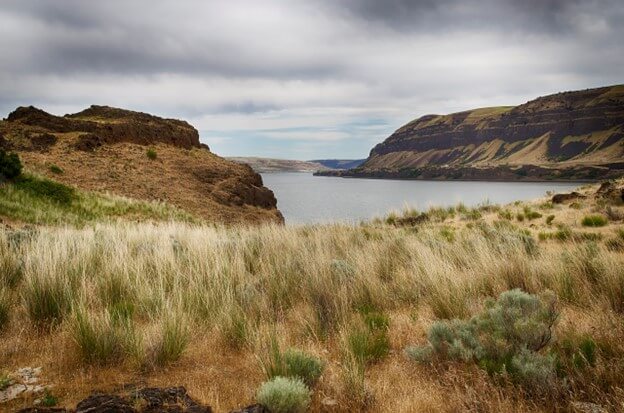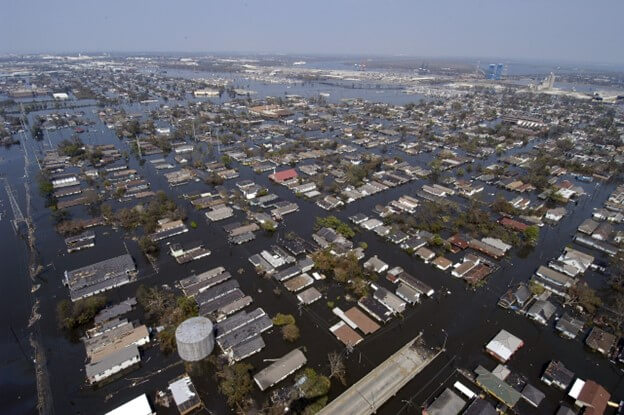The Pacific Northwest has recently been flooded by an atmospheric river, which has brought heavy snowfall and unceasing rain to the area. Forecasts of more precipitation have been sparked by the ongoing rainy weather, which has caused anxiety about travel disruptions, flooding, and the possible impact on the ongoing drought conditions in regions such as western Oregon and Washington.

What is an Atmospheric river?
An atmospheric rivers is a long and narrow bands of water vapor transporting moisture to Earth’s poles. It can be called “rivers in the sky.” These river-like channels range in size and strength but generally transport a volume of water vapor equal to the flow at the Mississippi River mouth. The strongest atmospheric rivers can move up to fifteen times that amount. Atmospheric rivers discharge accumulated water vapor as rain or snow when they come to rest.
Atmospheric Rivers are severe because they can produce heavy rains and flooding. Mudslides, travel disruptions, and severe property damage can result from such occurrences. The “Pineapple Express” is a type of a powerful atmospheric river.
The Pacific Northwest has been hit by bouts of intense rain and significant snowfall in mountainous areas over the past few days. As a result, travel delays, flooded roads, and reports of rock and mudslides from Northwest California to western Washington have taken place.

Impact of Rainfall: According to forecasters, the current round of rain, which began on Sunday, is expected to last until Wednesday. Along the coast, rainfall is predicted to range from 1-2 inches to 4-8 inches. Meteorologists also suggest that a maximum local storm will be as much as 18 inches.

In the first six days of December, cities like Seattle and Portland might receive a month’s worth of rain. Such places will get up to two to four more inches by Wednesday. Although there is a chance of flooding and difficulties with transportation due to this extended downpour, it might also help ease the moderate to severe drought that is currently plaguing western Oregon and Washington.
Drought Conditions and Background: The U.S. Drought Monitor indicates that part of Oregon and Washington are experiencing drought. Even with the region’s typically wet winters, patches of drought are occurring. Rainfall in cities such as Seattle was comparatively low during the summer months, with only 2.51 inches falling from May to August—well below the average of 4.67 inches. Since the current drought was caused by the previously noted dry conditions, the ongoing rainfall may eventually help alleviate the drought, despite its current disruption.

Growing River Levels and Flooding Concerns: The constant precipitation combined with higher elevation snowmelt has caused streams and rivers to rise in level. These streams and rivers flow out of the Olympic, Coast Range, and Cascade mountains in Washington and northern Oregon. Through Wednesday night, flood warnings, watches, and advisories will be in effect throughout western Washington and Oregon due to the potential for dangerous and potentially fatal conditions brought on by this escalation. Although the area typically receives a lot of rain, the current drought conditions increase the risk of flooding, so it’s important for locals to be on guard and pay attention to official warnings.
Impact and Relief from Snowfall: In addition to heavy rains, the Northwest mountains have seen a good deal of snowfall. This has resulted in a winter wonderland and affected travel over important passes like the Willamette, Santiam, White, and Snoqualmie. Warmer weather since Sunday has caused snow levels to rise. However, the initial snowfall made the atmospheric river event more difficult. It is anticipated that the abundant precipitation, which includes both rain and snow, will eventually improve the drought conditions despite the disruptions.

Conclusion
In conclusion, the Pacific Northwest’s ongoing atmospheric river event highlights a major factor. The need to strike a careful balance between the advantages and disadvantages of prolonged rainfall is crucial when such a phenomenon occurs.
The region is currently worried about flooding and travel disruptions. However, there is hope that the persistent precipitation will help alleviate the drought conditions that have continued throughout the summer. Communities must continue to prioritize safety in the face of shifting and occasionally extreme weather patterns, pay attention to official warnings, and stay updated about weather updates as they navigate the effects of this atmospheric river.
